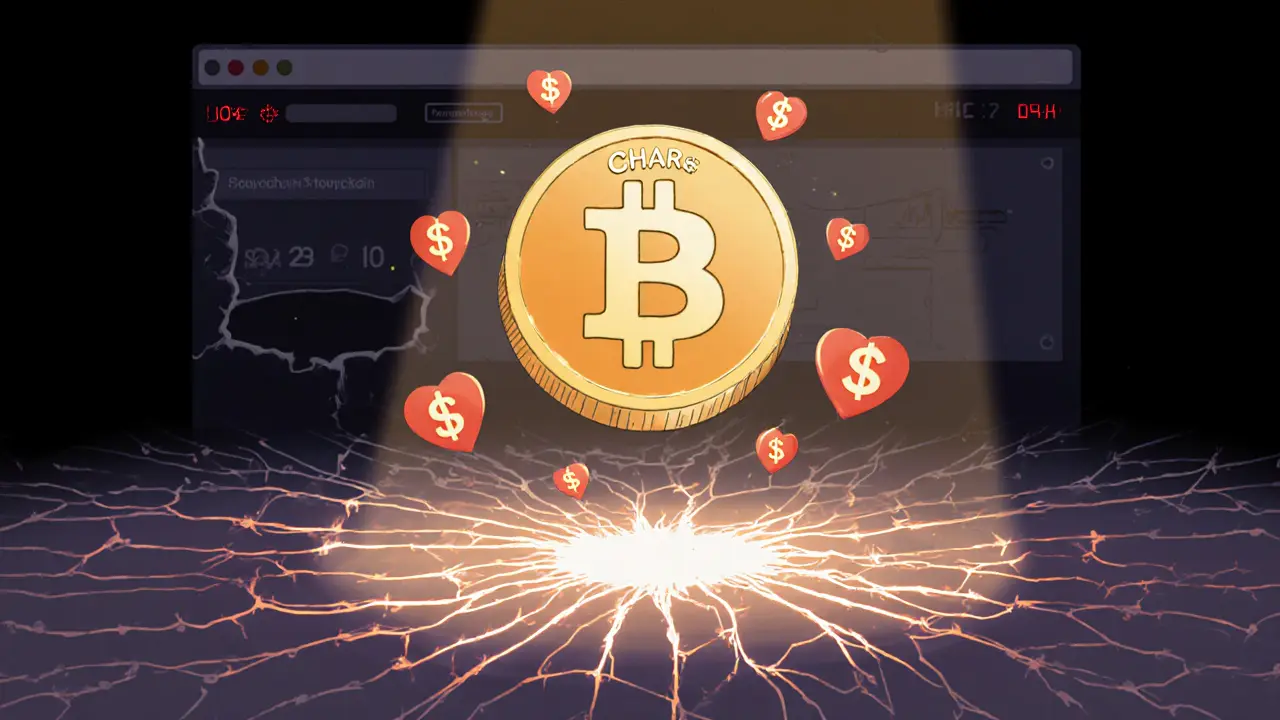CharCoin: What It Is, Why It Matters, and What You Need to Know
When you hear CharCoin, a low-liquidity cryptocurrency with no public team, whitepaper, or real-world use case. Also known as CHAR, it’s one of hundreds of tokens that pop up on decentralized exchanges with flashy names and zero substance. Most of these coins don’t survive more than a few weeks. CharCoin is no exception. It’s not a project—it’s a gamble dressed up as an investment.
CharCoin fits into a larger pattern you’ll see across crypto: meme coins, tokens created for hype, not utility, often built on chains like Solana or BSC with no governance or roadmap. These aren’t meant to change the world—they’re meant to create quick price spikes so early buyers can cash out before the crash. CharCoin’s price history shows exactly that: a sharp rise followed by a 95%+ drop. It’s the same story you’ll find with CHEEPEPE, a Solana-based meme token that lost over 96% of its value, or AINN, a coin that claimed to be AI-powered but had no actual AI technology. The pattern is clear: no team, no code audit, no real use case = high risk, low reward.
What makes CharCoin different from other scams? Nothing. It doesn’t power a game, a social app, or a payment system. It doesn’t even have a website that works. You won’t find interviews with founders, GitHub commits, or community forums with real activity. Instead, you’ll find Telegram groups filled with bots promoting fake pump charts. That’s not innovation—that’s casino economics. If you’re looking for crypto that actually does something, stick with projects that explain how they solve a real problem, not ones that just sound cool.
Below, you’ll find real reviews and breakdowns of similar tokens, exchanges, and airdrops that actually have substance—or at least, ones you can verify. Some are scams. Some are misunderstood. A few might even be worth your time. But CharCoin? It’s just noise.
